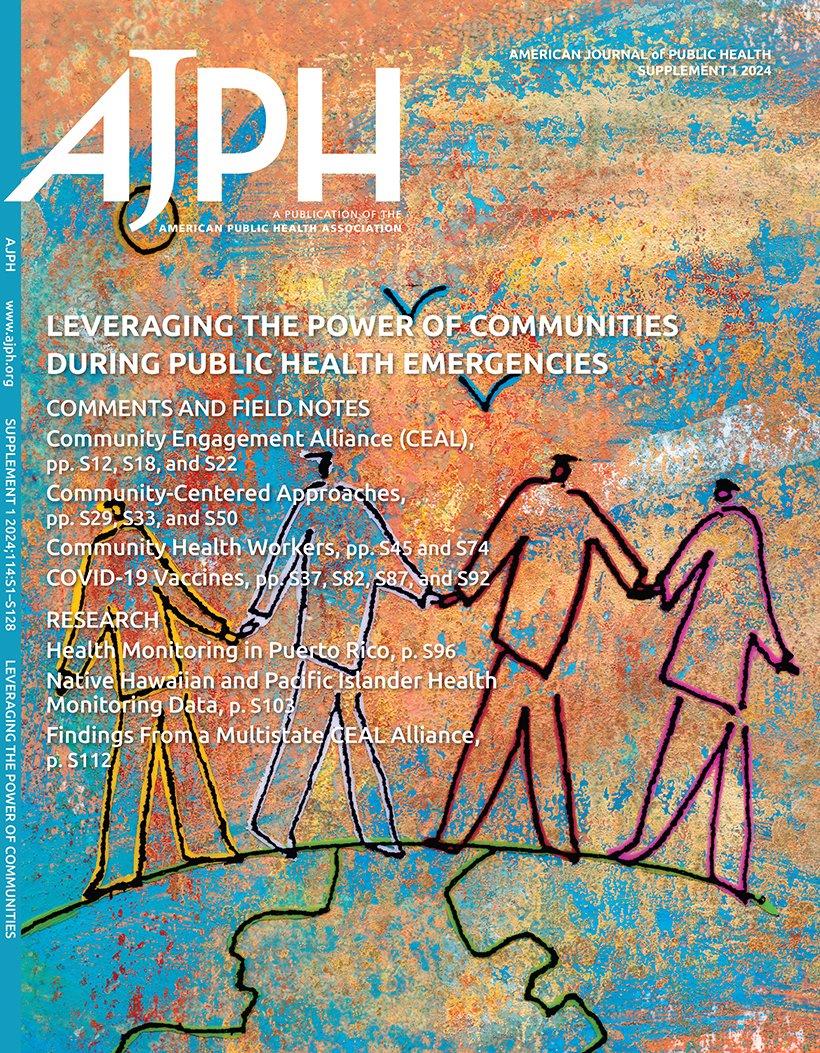Data Quality in State Registry Reports of Medical Cannabis Patients in the United States.
IF 9.6
1区 医学
Q1 PUBLIC, ENVIRONMENTAL & OCCUPATIONAL HEALTH
引用次数: 0
Abstract
Objectives. To investigate characteristics of data reported in US medical cannabis registries across states. Methods. Data included 2021 medical cannabis registry reports from 34 states, Puerto Rico, and the District of Columbia (hereafter, states) with active medical cannabis programs. The data from the reports were manually coded into domains and subcategories, including information related to patients (e.g., number, demographics), authorizing clinicians, sales (e.g., content, revenue), license tracking, and health and safety outcomes. Results. Among 36 states, 97% reported total patient number and 75% reported number of authorizing clinicians. Least reported subcategories included patient race/ethnicity (8%), adverse events (11%), therapeutic benefits (6%), and product recalls (6%). States that recently legalized medical cannabis (2013-2018) reported a higher number of subcategories overall, with a median of 11 versus 8 for early adopting states (1996-2012). More medical-use states reported data on authorizing clinicians compared with nonmedical adult-use states but were otherwise similar. Conclusions. Medical cannabis state registries generally reported data on consumers, clinicians, and sales rather than health and safety outcomes. More comprehensive and uniform medical cannabis public health surveillance is needed. (Am J Public Health. 2024;114(S8):S685-S693. https://doi.org/10.2105/AJPH.2024.307728).美国各州医用大麻患者登记报告的数据质量。
目的。调查美国各州医用大麻登记处报告数据的特征。方法。数据包括来自 34 个州、波多黎各和哥伦比亚特区(以下简称 "各州")的 2021 份医用大麻登记报告,这些州都有活跃的医用大麻计划。报告中的数据经人工编码后分为领域和子类,包括与患者(如人数、人口统计学特征)、授权临床医生、销售(如内容、收入)、许可证跟踪以及健康和安全结果相关的信息。结果。在 36 个州中,97% 的州报告了患者总人数,75% 的州报告了授权临床医生人数。报告最少的子类别包括患者种族/族裔(8%)、不良事件(11%)、治疗效果(6%)和产品召回(6%)。最近(2013-2018 年)实现医用大麻合法化的州报告的子类别数量总体较多,中位数为 11 个,而早期采用医用大麻的州(1996-2012 年)报告的子类别数量为 8 个。与非医用大麻州相比,医用大麻州报告的授权临床医生数据更多,但其他方面类似。结论。医用大麻州登记处一般报告的是消费者、临床医生和销售数据,而不是健康和安全结果。需要对医用大麻进行更全面、更统一的公共卫生监测。(Am J Public Health.2024;114(S8):S685-S693. https://doi.org/10.2105/AJPH.2024.307728).
本文章由计算机程序翻译,如有差异,请以英文原文为准。
求助全文
约1分钟内获得全文
求助全文
来源期刊

American journal of public health
医学-公共卫生、环境卫生与职业卫生
CiteScore
9.50
自引率
3.90%
发文量
1109
审稿时长
2-4 weeks
期刊介绍:
The American Journal of Public Health (AJPH) is dedicated to publishing original work in research, research methods, and program evaluation within the field of public health. The journal's mission is to advance public health research, policy, practice, and education.
 求助内容:
求助内容: 应助结果提醒方式:
应助结果提醒方式:


